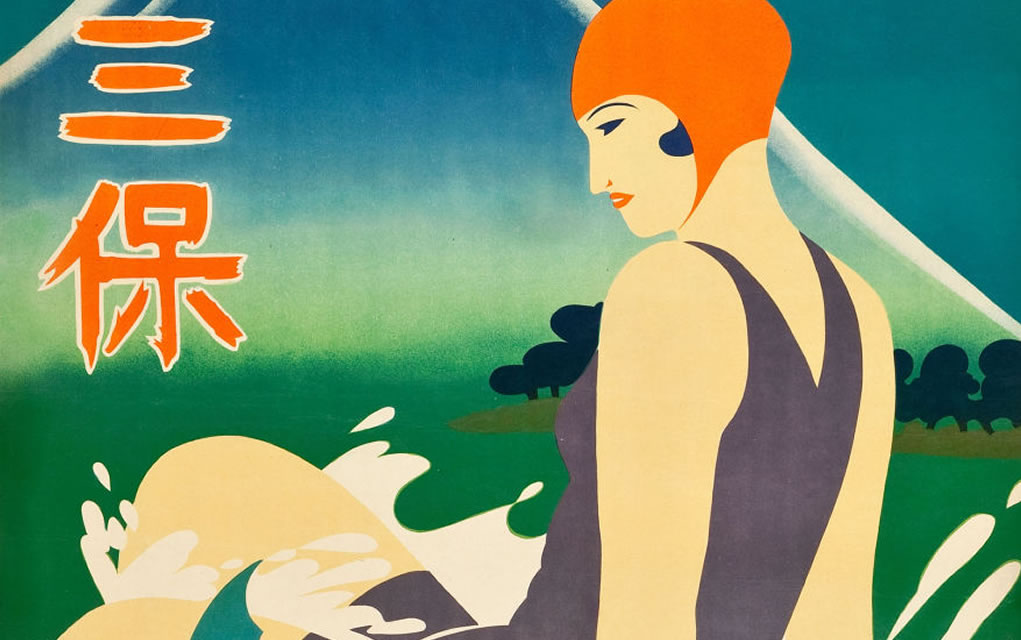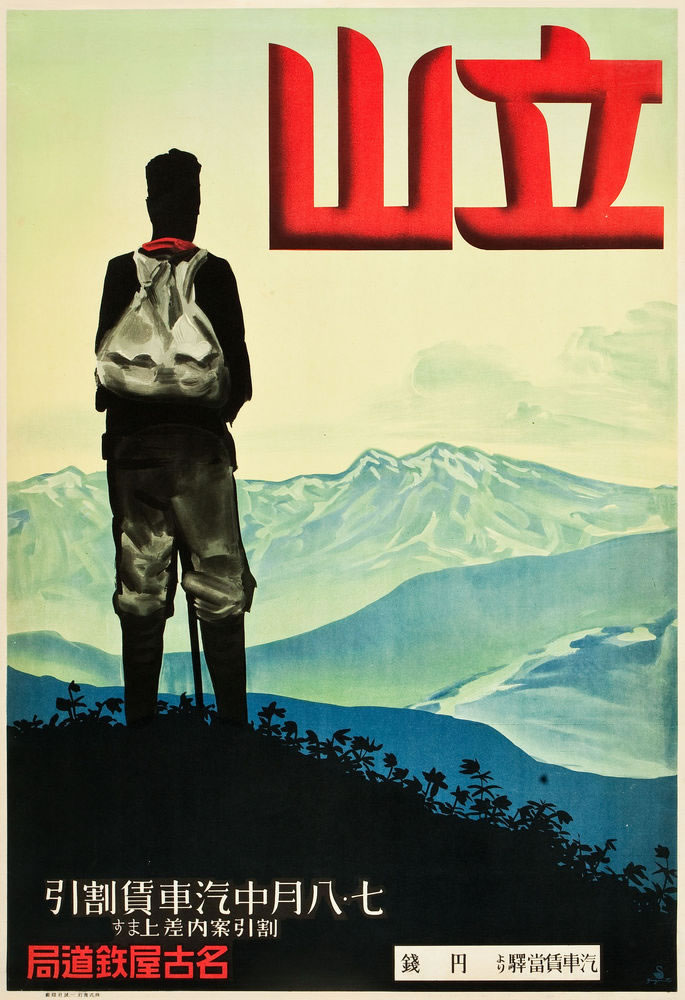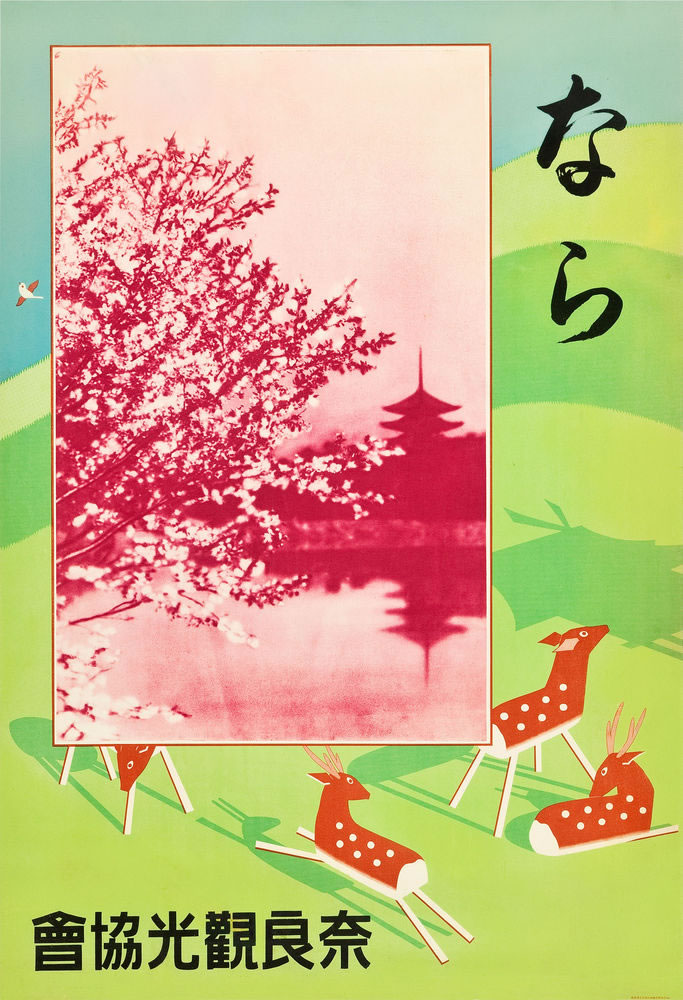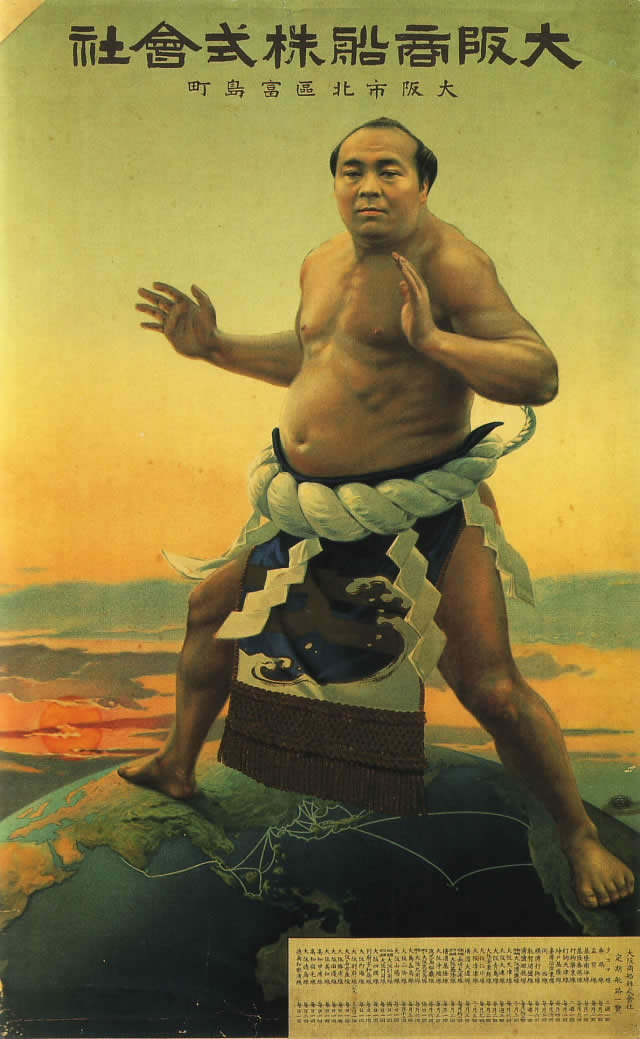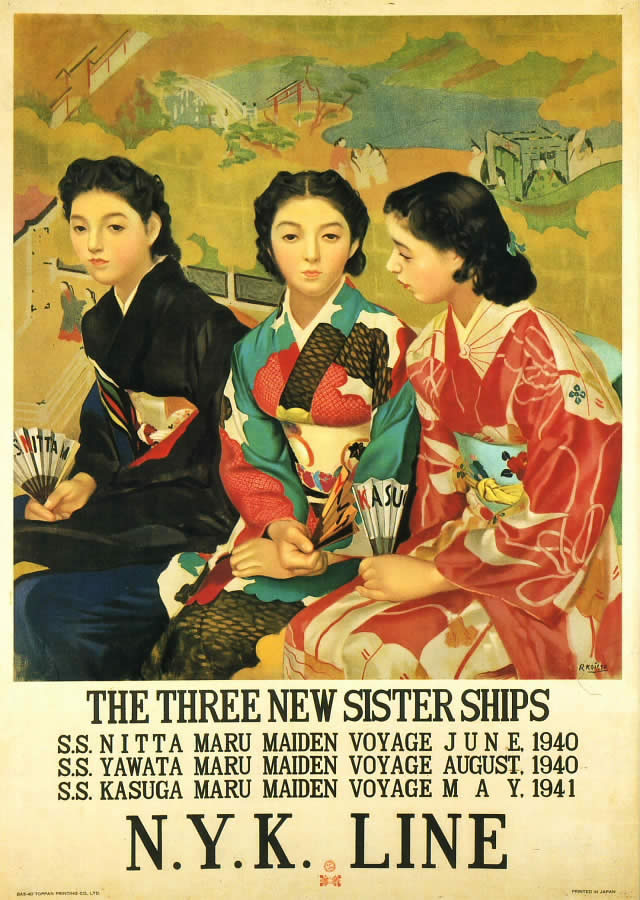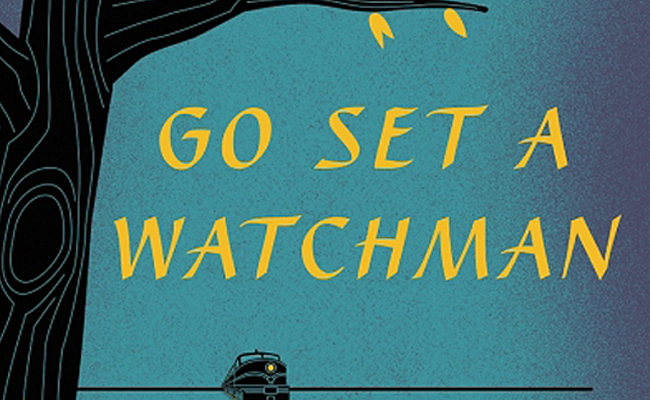Most cinephiles want to watch not just their favorite directors’ films, but their favorite directors’ favorite films. And how many cinephiles’ lists of favorite directors fail to include Stanley Kubrick? In 2013, we featured the only top-ten list the director of 2001: A Space Odyssey and A Clockwork Orange ever wrote, for Cinema magazine in 1963, which runs as follows:
- I Vitelloni (Fellini, 1953)
- Wild Strawberries (Bergman, 1957)
- Citizen Kane (Welles, 1941)
- The Treasure of the Sierra Madre (Huston, 1948)
- City Lights (Chaplin, 1931)
- Henry V (Olivier, 1944)
- La notte (Antonioni, 1961)
- The Bank Dick (Fields, 1940)
- Roxie Hart (Wellman, 1942)
- Hell’s Angels (Hughes, 1930)
But fans eager to find out more of what shaped the cinematic taste of this auteur of all auteurs do have a few more resources to turn to. At criterion.com, Joshua Warren has compiled, “from interviews with Kubrick’s family, friends and colleagues, an interview [Kubrick] did in 1957 for Cahiers du cinéma as well as an interview in 1963 for Cinema magazine and the ‘Master list’ by the BFI,” an annotated list of Kubrick’s favorite films.
And at the BFI’s site, Nick Wrigley (“with the help of Kubrick’s right-hand man, Jan Harlan”) has another set of such lists. Their combined selections, organized by director, run as follows. Note that one film on the extended list, Fritz Lang’s 1927 masterpiece Metropolis, can be viewed above.
- Annie Hall (Woody Allen, 1977)
- Husbands and Wives (Woody Allen, 1992)
- Manhattan (Woody Allen, 1979)
- Radio Days (Woody Allen, 1987)
- McCabe & Mrs. Miller (Robert Altman, 1971)
- If… (Lindsay Anderson, 1968)
- Boogie Nights (Paul Thomas Anderson, 1998)
- La notte (Michelangelo Antonioni, 1961)
- Harold and Maude (Hal Ashby, 1971)
- Pelle the Conqueror (Bille August, 1987)
- Babette’s Feast (Gabriel Axel, 1987)
- Casque d’Or (Jacques Becker, 1952)
- Édouard et Caroline (Jacques Becker, 1951)
- Cries and Whispers (Ingmar Bergman, 1972)
- Smiles of a Summer Night (Ingmar Bergman, 1955)
- Wild Strawberries (Ingmar Bergman, 1972)
- Deliverance (John Boorman, 1972)
- Henry V (Kenneth Branagh, 1989)
- Modern Romance (Albert Brooks, 1981)
- Children of Paradise (Marcel Carné, 1945)
- City Lights (Charles Chaplin, 1931)
- The Bank Dick (Edward Cline, 1940)
- Beauty and the Beast (Jean Cocteau, 1946)
- Apocalypse Now (Francis Ford Coppola, 1979)
- The Godfather (Francis Ford Coppola, 1972)
- The Silence of the Lambs (Jonathan Demme, 1991)
- Alexander Nevsky (Sergei Eisenstein, 1938)
- The Spirit of the Beehive (Victor Erice, 1973)
- La strada (Federico Fellini, 1954)
- I vitelloni (Federico Fellini, 1953)
- La Kermesse Héroïque (Jacques Feyder, 1935)
- Tora! Tora! Tora! (Richard Fleischer, 1970)
- The Fireman’s Ball (Miloš Forman, 1967)
- One Flew Over the Cuckoo’s Nest (Milos Forman, 1975)
- Cabaret (Bob Fosse, 1972)
- The Exorcist (William Friedkin, 1973)
- Get Carter (Mike Hodges, 1971)
- The Terminal Man (Mike Hodges, 1974)
- The Texas Chainsaw Massacre (Tobe Hooper, 1974)
- Hell’s Angels (Howard Hughes, 1930)
- The Treasure of Sierra Madre (John Huston, 1947)
- Dekalog (Krzysztof Kieslowski, 1990)
- Rashomon (Akira Kurosawa, 1950)
- Seven Samurai (Akira Kurosawa, 1954)
- Throne of Blood (Akira Kurosawa, 1957)
- Metropolis (Fritz Lang, 1927)
- An American Werewolf in London (John Landis, 1981)
- Abigail’s Party (Mike Leigh, 1977)
- La bonne année (Claude Lelouch, 1973)
- Once Upon a Time in the West (Sergio Leone, 1968)
- Very Nice, Very Nice (Arthur Lipsett, 1961)
- American Graffiti (George Lucas, 1973)
- Dog Day Afternoon (Sidney Lumet, 1975)
- Eraserhead (David Lynch, 1976)
- House of Games (David Mamet, 1987)
- The Red Squirrel (Julio Medem, 1993)
- Bob le flambeur (Jean-Pierre Melville, 1956)
- Closely Watched Trains (Jiří Menzel, 1966)
- Pacific 231 (Jean Mitry, 1949)
- Roger & Me (Michael Moore, 1989)
- Henry V (Laurence Olivier, 1944)
- The Earrings of Madame de… (Max Ophuls, 1953)
- Le plaisir (Max Ophuls, 1951)
- La ronde (Max Ophuls, 1950)
- Rosemary’s Baby (Roman Polanski, 1968)
- The Battle of Algiers (Gillo Pontecorvo, 1966)
- Heimat (Edgar Reitz, 1984)
- Blood Wedding (Carlos Saura, 1981)
- Cría Cuervos (Carlos Saura, 1975)
- Peppermint Frappé (Carlos Saura, 1967)
- Alien (Ridley Scott, 1977)
- The Anderson Platoon (Pierre Schoendoerffer, 1967)
- White Men Can’t Jump (Ron Shelton, 1992)
- Miss Julie (Alf Sjöberg, 1951)
- The Phantom Carriage (Victor Sjöström, 1921)
- The Vanishing (George Sluizer, 1988)
- Close Encounters of the Third Kind (Steven Spielberg, 1977)
- E.T. the Extra-terrestrial (Steven Spielberg, 1982)
- Mary Poppins (Robert Stevenson, 1964)
- Platoon (Oliver Stone, 1986)
- Pulp Fiction (Quentin Tarantino, 1994)
- The Sacrifice (Andrei Tarkovsky, 1986)
- Solaris (Andrei Tarkovsky, 1972)
- The Emigrants (Jan Troell, 1970)
- The Blue Angel (Josef von Sternberg, 1930)
- Danton (Andrzej Wajda, 1984)
- Girl Friends (Claudia Weill, 1978)
- The Cars that Ate Paris (Peter Weir, 1974)
- Picnic at Hanging Rock (Peter Weir, 1975)
- Citizen Kane (Orson Welles, 1941)
- Roxie Hart (William Wellman, 1942)
- Ådalen 31 (Bo Widerberg, 1969)
- The Siege of Manchester (Herbert Wise, 1965)
As you might expect from a filmmaker who entered a different genre with every picture, this list of all the movies he went on record as admiring includes all different kinds of movies. We expect to find respected films by his colleagues in respected auteurhood like Woody Allen, Ingmar Bergman, Andrei Tarkovsky, and Max Ophuls (who, said Kubrick, “possessed every possible quality”). But perhaps more surprisingly, the list also includes thrillers like The Terminal Man, exercises in horror like The Texas Chainsaw Massacre, and grotesque comedies like The Cars That Ate Paris. But think about those movies for a moment, and you realize that, like Kubrick’s own work, they all transcend their supposed genres. As for what he saw in White Men Can’t Jump — well, I suppose we’ve all got to take some secrets to the grave.
Related Content:
Stanley Kubrick’s List of Top 10 Films (The First and Only List He Ever Created)
Terry Gilliam: The Difference Between Kubrick (Great Filmmaker) and Spielberg (Less So)
Napoleon: The Greatest Movie Stanley Kubrick Never Made
Colin Marshall writes on cities, language, Asia, and men’s style. He’s at work on a book about Los Angeles, A Los Angeles Primer, and the video series The City in Cinema. Follow him on Twitter at @colinmarshall or on Facebook.
